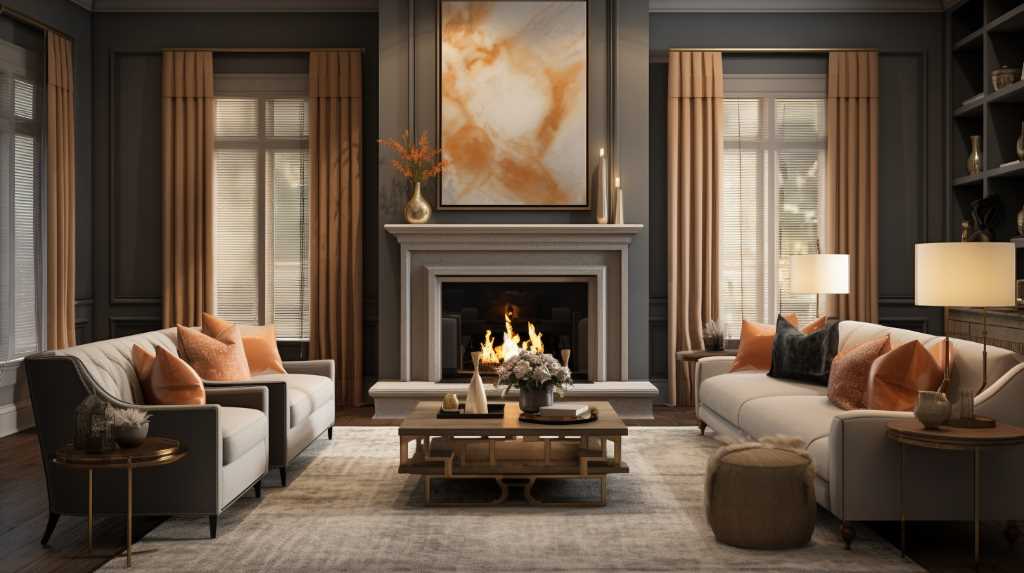Home design is a lot more than just arranging furniture aesthetically inside a space; it is a comprehensive method of transforming the setting and functionality of the room. It’s an art that marries aesthetics, functionality, and the personality from the occupants to generate a harmonious and welcoming living or working place. On this page, we will explore the basics of design and how it could boost the spaces we inhabit.

Understanding Design
Interior design is the process of planning, organizing, and decorating the lining of an space to make a visually pleasing and functional environment. It has a number of elements, including color schemes, furniture selection, lighting, spatial arrangement, and also the selection of decorative elements like artwork, rugs, and curtains.
Key Principles of Interior planning
1. Balance: Achieving balance in a space is vital to making a harmonious atmosphere. There’s two kinds of balance in home design: symmetrical and asymmetrical. Symmetrical balance involves arranging elements evenly for sides of an central axis, while asymmetrical balance is achieved by way of a careful arrangement of elements that create visual equilibrium.
2. Harmony and Unity: Harmony is the feeling of cohesion and consistency in the design. It involves using elements and principles that complement each other, creating a feeling of unity within a space. A harmonious house interior should convey a frequent style, colors, and theme.
3. Scale and Proportion: Scale and proportion talk about the size and style and relationships of assorted elements in just a space. A well-designed room considers the scale of furniture, decor, and architectural features to ensure they communicate seamlessly.
4. Emphasis and Things: Making a focal point in the room draws awareness of a certain area or element, for instance a piece of art, a fireplace, or perhaps a statement item. Emphasizing certain elements allows you move the viewer’s eye and adds interest on the space.
5. Rhythm and Repetition: Rhythm is the flow and movement inside a room. Repetition of colors, shapes, patterns, or textures can produce a feeling of rhythm and cohesiveness in the design.
The inside Design Process
Interior designers follow a structured way to achieve their vision. This method typically includes the following stages:
1. Initial Consultation: The designer meets with the client to know their needs, preferences, and budget. This is crucial in establishing the project’s direction.
2. Space Planning: Within this phase, the designer produces a layout that optimizes using space while with the client’s functional requirements.
3. Concept Development: The designer develops a design concept that encompasses the style, color scheme, and overall mood from the space. This idea operates as a blueprint to the project.
4. Material and Furniture Selection: The designer chooses materials, furniture, lighting, and accessories that align with all the design concept, ensuring they meet the client’s aesthetic and functional goals.
5. Execution: This stage involves implementing the style plan, including coordinating with contractors, overseeing construction or renovations, and managing the installing of furnishings and decor.
6. Styling and Decoration: The ultimate touches, for example arranging decor and adding personal touches, are essential to accomplish space to make it genuinely unique.
Interior planning is often a multifaceted discipline that transforms empty rooms into personalized and functional spaces. It combines creativity, problem-solving skills, with an understanding of human psychology to produce environments that reflect the personality and needs with their occupants. Whether it’s a cozy lounge, a competent workspace, or perhaps a luxurious hotel suite, home design has the power to promote our surroundings and enrich our lives. By sticking with the principles and procedures outlined in this article, you can set about a journey to craft spaces that inspire and delight.
More details about bedroom interior design take a look at our new internet page
